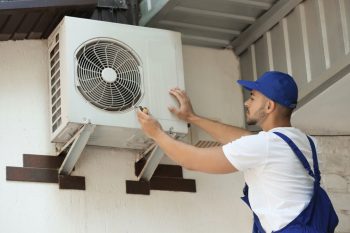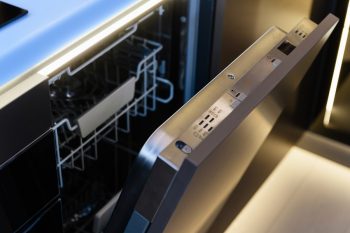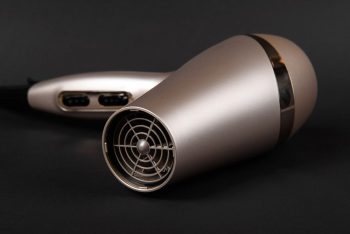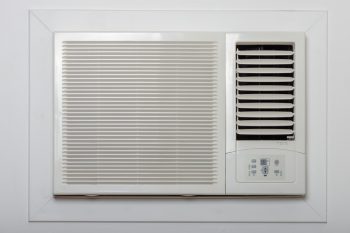
Pool maintenance requires a lot of time and effort. Fortunately, manufacturers have developed tools like pool vacuums to streamline the process.
If you’re new to pool vacuums and are unsure how to use one, here’s everything you need to know about vacuuming your pool.
- Different types of pool vacuums vary in price and performance.
- Routinely vacuuming your pool can remove algae, maintain aesthetics and sanitation, and protect your filtration system from damage.
- Proper use of your pool vacuum can streamline the vacuuming process and prevent injuries to you and others who share your space.
- Every vacuum is different. Follow the manufacturer’s instructions for proper use.
Even with a built-in pool cleaning and filtration system, you’ll need to manually vacuum your pool now and again. Pool vacuums more effectively remove certain types of contamination — like algae — and extend the life of your pool filtration system. Proper use of a pool vacuum can save you hundreds in maintenance costs and maintain a healthy pool environment for the whole family.
Different Types of Pool Vacuums

- Manual vacuums – Think of your standard house vac, only designed for underwater. A manual pool vacuum requires holding the hose and directing the vacuum head. They’re cheap and effective but require the most effort among the various vacuums available.
- Suction Side vacuums – These vacuums connect to your skimmer basket and deposit any dirt they collect into your built-in filtration system. They’re powered by the suction of your pool’s impeller, so you won’t have to worry about plugging it in.
- Pressure Side vacuums – Connected directly to your pump, pressure side vacuums work similarly to suction side models. They move around your pool through the power of your filtration system. The difference is that they can’t directly deposit into your skimmer’s basket, instead collecting debris into its little canister.
- Robotic vacuums – These sophisticated pool vacuums use sensors and wheels to move about your pool. Some models even have that let them clean vertical pool surfaces. Although expensive, they require the least time and effort, and they’re equipped with features that let them clean pools up to 50 feet long.
What Are the Benefits of Vacuuming a Pool?
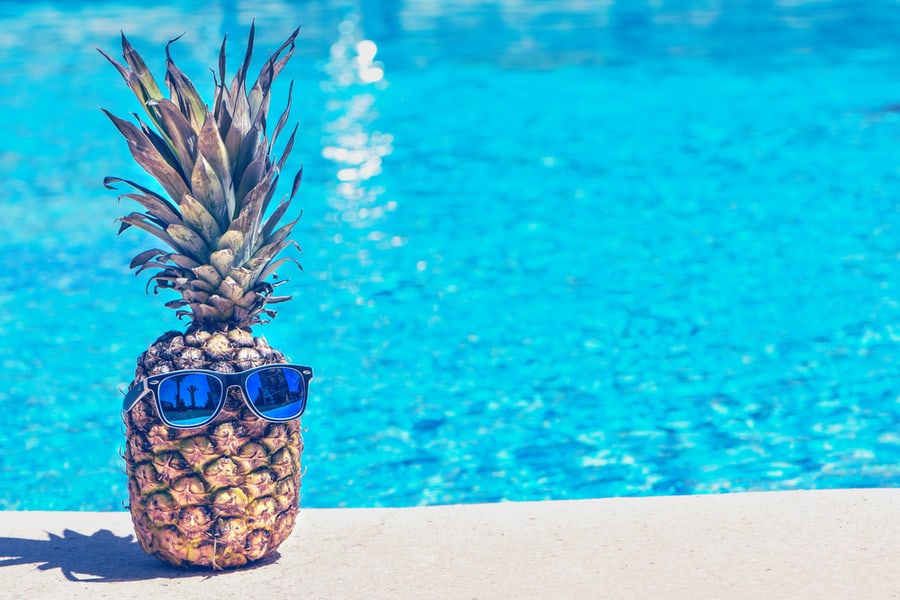
- Neutralize algae – Your pool filtration system works well to clean out floating debris but doesn’t have much fighting chance against algae clinging to its surfaces. Pool vacuums tightly suction against your pool’s floors and walls to remove algae and keep your pool water clean and fresh.
- Maintain aesthetics and sanitation – Certain contaminants are unseen to the naked eye, and many float to the bottom of the pool, where they escape the suction of your skimmers. A pool vacuum collects all the debris and contamination that settles at the bottom of your pool, keeping your water clear and maintaining healthy conditions for your family and guests.
- Support the function of the filtration system – In-ground pool filtration systems work hard to keep your water clean. When overwhelmed, the system could succumb to damage, wear, and tear, leading to expensive repairs. Supporting the work of the filtration system with routine pool vacuuming could help extend its lifespan and prevent damage.
Tips for Vacuuming Your Pool
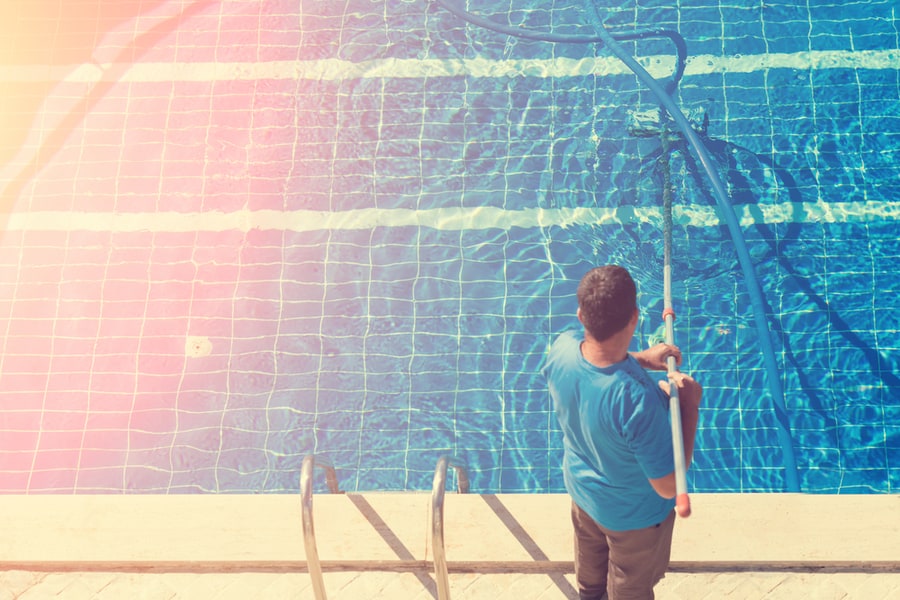
- Remove large pieces of debris before running your vacuum. Take out rocks and large leaves with a net to prevent damage to your vacuum.
- Make sure there are no toys or other objects in the pool. Remove floaters, toys, or other personal items from the water before you begin.
- Turn off all of your skimmers. If you’re using a side suction vacuum, turn off all the skimmers except the one you intend to use.
- Inform others in your home that you’re vacuuming the pool. Manufacturers strongly prohibit anyone from swimming in the pool while the vacuum operates.
- Fill the hose with water. Whatever type of vacuum you use, air pockets in the hose can interfere with suction power. Connect the hose to a water source and let the water run until the hose is full, or submerge the hose in water to get rid of any air.
- Keep an eye on your vacuum. While some models can be left without supervision, others require an operator to stick around and ensure the vacuum doesn’t run into any problems.
- Choose the proper filter setting. You can choose between ‘filter’ or ‘waste’ on certain vacuum models. Enable filter mode for light, routine cleaning, and waste mode if there’s significant dirt build-up in the water.
- Do not leave collected debris in the vacuum. Once you’re done cleaning, see to it that you empty the vacuum’s collection bin before putting it back in storage.
- Check your water. After cleaning, test the quality of your water, particularly the pH levels. In some cases, prolonged vacuuming can change the chemical balance of your water. Test and make adjustments as necessary.
No step-by-step guide tells you how to operate a pool vacuum since every model requires different steps. Before you begin, please read the manual and follow its instructions.
Conclusion
If you plan to vacuum your pool, familiarize yourself with the process. Knowing the ins and outs of the routine can make you more efficient and improve the outcomes of your little cleaning project.
Consistent pool vacuuming and maintenance can keep your water clean and safe and curb the need for repairs and damage.
Frequently Asked Questions
Can You Keep a Pool Vacuum Running Overnight?
No, keeping a pool vacuum turned on overnight is not recommended. This prolonged exposure to chlorinated water could cause corrosion of its different parts.
The vacuum could also become entangled in its hose and cables. If it’s powered by electricity, this could spell trouble for your wiring.
Can a Pool Vacuum Clean a Cloudy Pool?
No amount of filtering can clear your cloudy pool water. Experts recommend using the ‘waste’ setting on your pool vacuum if you’re cleaning particularly dirty water.
Instead of feeding the water back into the pool through a filter, this setting completely removes the water from the pool.




